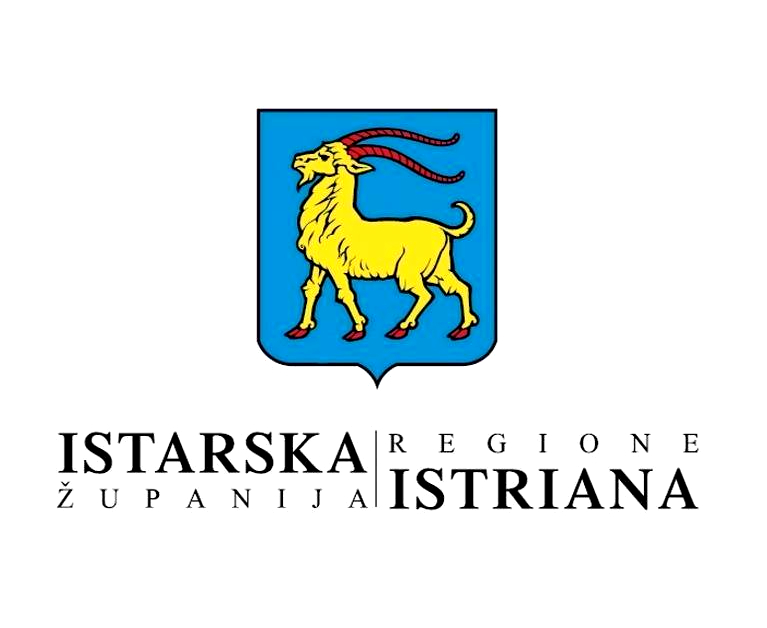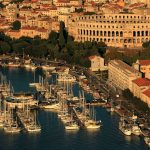October the 29th, 2023 – Istria conjures up imagery of rolling hills coated in morning mist, magical hilltop towns, olive oil and of course – truffles. So where did the Istrian goat that adorns the region’s flag come from?
A brief history of Europe’s heraldic symbolism
Back in the twelfth century, just about everywhere in Europe had a heraldic symbol of some kind. This practice went on all the way through to the nineteenth century. Quite remarkably, the Istrian peninsula had no such symbol, at least not formally. This picturesque peninsula had no formal, recognisable coat of arms to call its own, despite informal goats having been made a note of in certain seventeenth and eighteenth century collections. One other interesting fact is that the Istrian goat on the peninsula’s flag wasn’t originally a depiction of the peninsula’s native breed of goat, but instead – an Alpine goat. Istria’s native goat breed, for which a lot of effort has been made to preserve, only appeared later on.
The Vienna congress and a Venetian handover
The Venetians have played a very significant role along much of the Croatian coast. You’ll more than likely have heard about their warsome attitude towards the former autonomous Dubrovnik Republic (Ragusa) in the extreme south of Dalmatia, far from Istria’s hills. The Dubrovnik Republic aside, the region of Croatia most heavily influenced by the mighty Venetian powerhouse was undoubtedly Istria. The Istrian languages (and yes, there are multiple dialects) were directly shaped by Venice and their stronghold over the peninsula. When 1815 rolled around, however, things changed and Venice handed over its part of Istria to the Austrians following the Vienna congress. Final arrangements on this handover of power saw a golden goat with red horns and hooves become the official symbol of the Istrian peninsula, but this wasn’t until much later on – in 1861 to be precise.
Yugoslavia…
In 1947, the former Istrian goat symbol vanished from use. This was primarily because Yugoslav laws had banned the use of heraldry in certain circumstances. After Yugoslavia dissolved and the entire defunct idea was sent to the history books, the Istrian goat made a comeback on the peninsula’s flag. At first, this was done informally, just as it had been long before that, during the records made of it back during the seventeenth and eighteenth centuries.
Croatia as an independent nation and the return of the golden Istrian goat
Following the end of the Croatian War of Independence (Homeland War), the new flag of the newly independent Republic of Croatia was designed, as was the Croatian coat of arms which represented a new, democratic and free era for this nation of four million. Still reeling from a tumultuous past, the country banded together. The Istrian goat was readily incorporated into the new coat of arms. In October of 1994, the Istrian Region’s assembly began to look more deeply into formalities, and after some back and forth, the Istrian goat – golden with red horns and hooves, as well as its now-recognisable blue background – was approved. The final and official green light was given in 2002.
If you’re interested in finding out more about the Istrian goat that isn’t waving around in the breeze on the end of a pole, but is instead the subject of great preservation efforts – click here.











